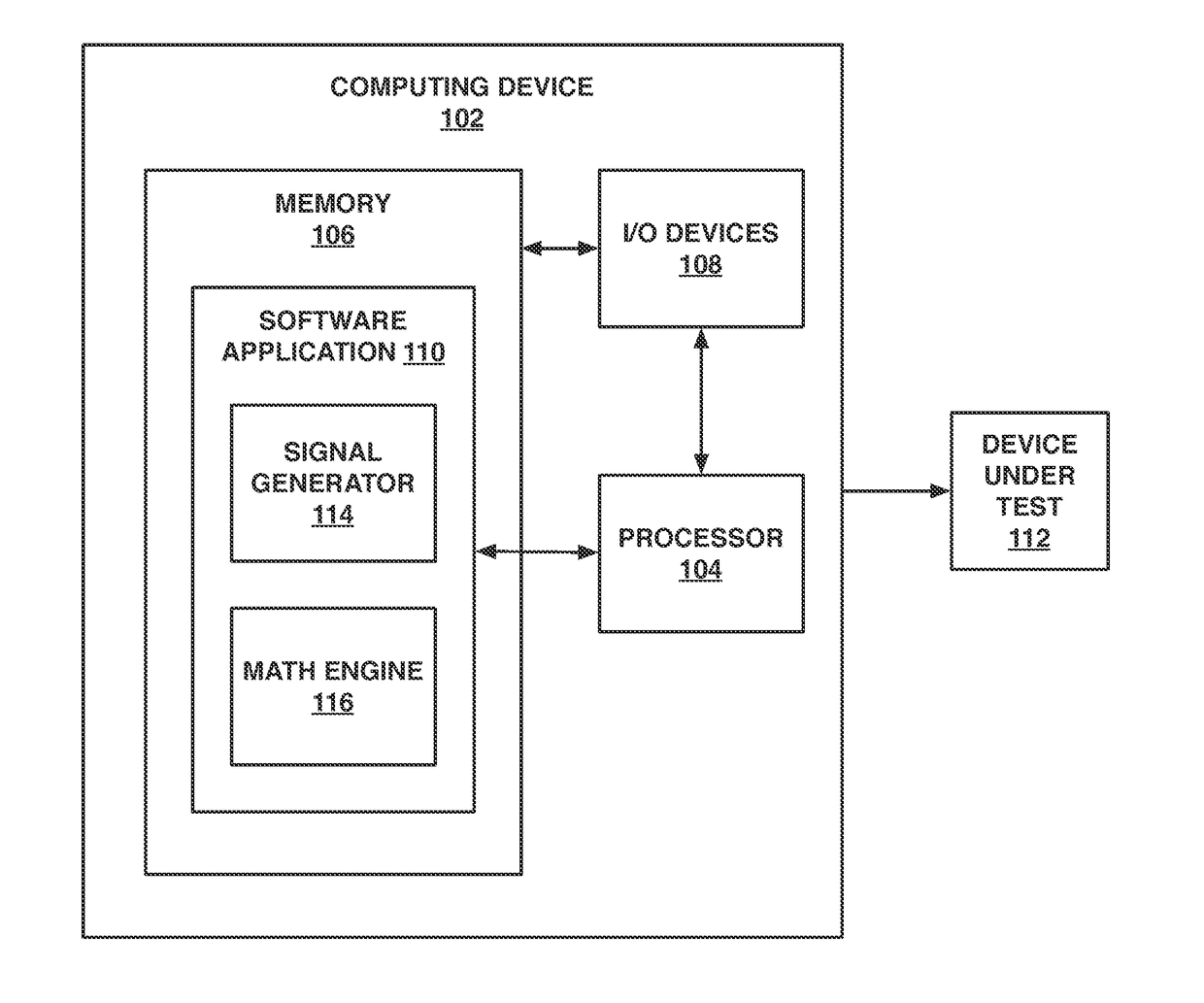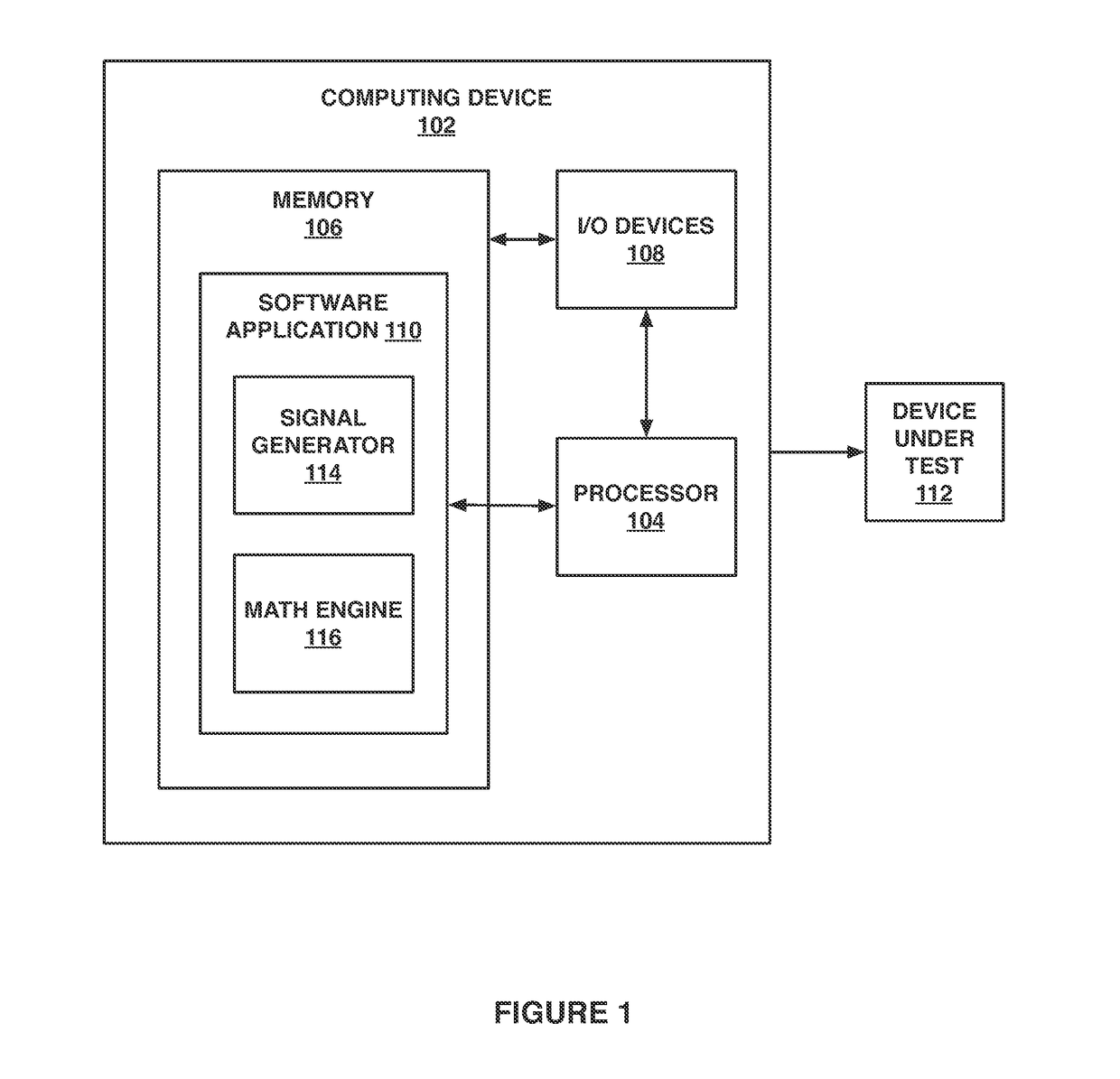Technique for determining nonlinear order-separated responses of nonlinear systems including linear response at system typical input levels
a nonlinear system and linear response technology, applied in the field of system analysis, can solve problems such as giving an unrealistic or substantially limited representation of the nonlinear system
- Summary
- Abstract
- Description
- Claims
- Application Information
AI Technical Summary
Benefits of technology
Problems solved by technology
Method used
Image
Examples
Embodiment Construction
[0002]The various embodiments generally relate to systems analysis and, more specifically, to a technique for determining linear responses of nonlinear systems.
[0003]Description of the Related Art
[0004]One objective of systems analysis is to identify an input / output relationship for a linear or non-linear system. In a linear system, the output is directly proportional to the input multiplied by a fixed gain factor plus some fixed offset. In a nonlinear system, the output to input relationship may be expressed as a polynomial that includes higher powers of the input, each multiplied by coefficients that may vary, or even be zero. Many nonlinear systems exist, and physical devices typically have nonlinear characteristics beyond a limited range of linear operation. Meteorological systems, communications channels, and audio loudspeakers are examples, without limitation, of well-known nonlinear systems.
[0005]Analysis of a nonlinear system typically involves constructing a linear model of...
PUM
 Login to View More
Login to View More Abstract
Description
Claims
Application Information
 Login to View More
Login to View More - R&D
- Intellectual Property
- Life Sciences
- Materials
- Tech Scout
- Unparalleled Data Quality
- Higher Quality Content
- 60% Fewer Hallucinations
Browse by: Latest US Patents, China's latest patents, Technical Efficacy Thesaurus, Application Domain, Technology Topic, Popular Technical Reports.
© 2025 PatSnap. All rights reserved.Legal|Privacy policy|Modern Slavery Act Transparency Statement|Sitemap|About US| Contact US: help@patsnap.com



